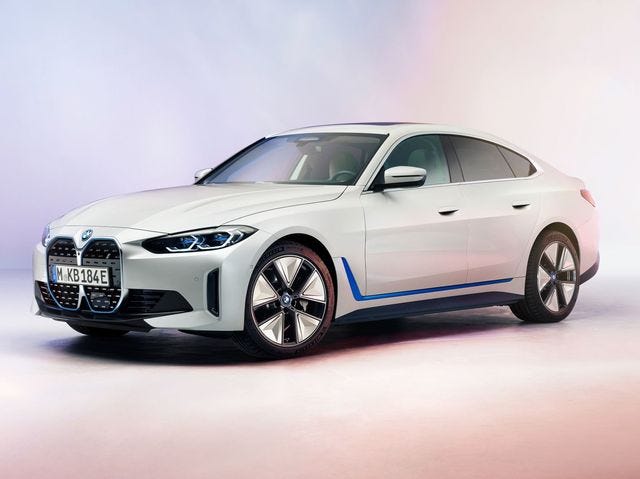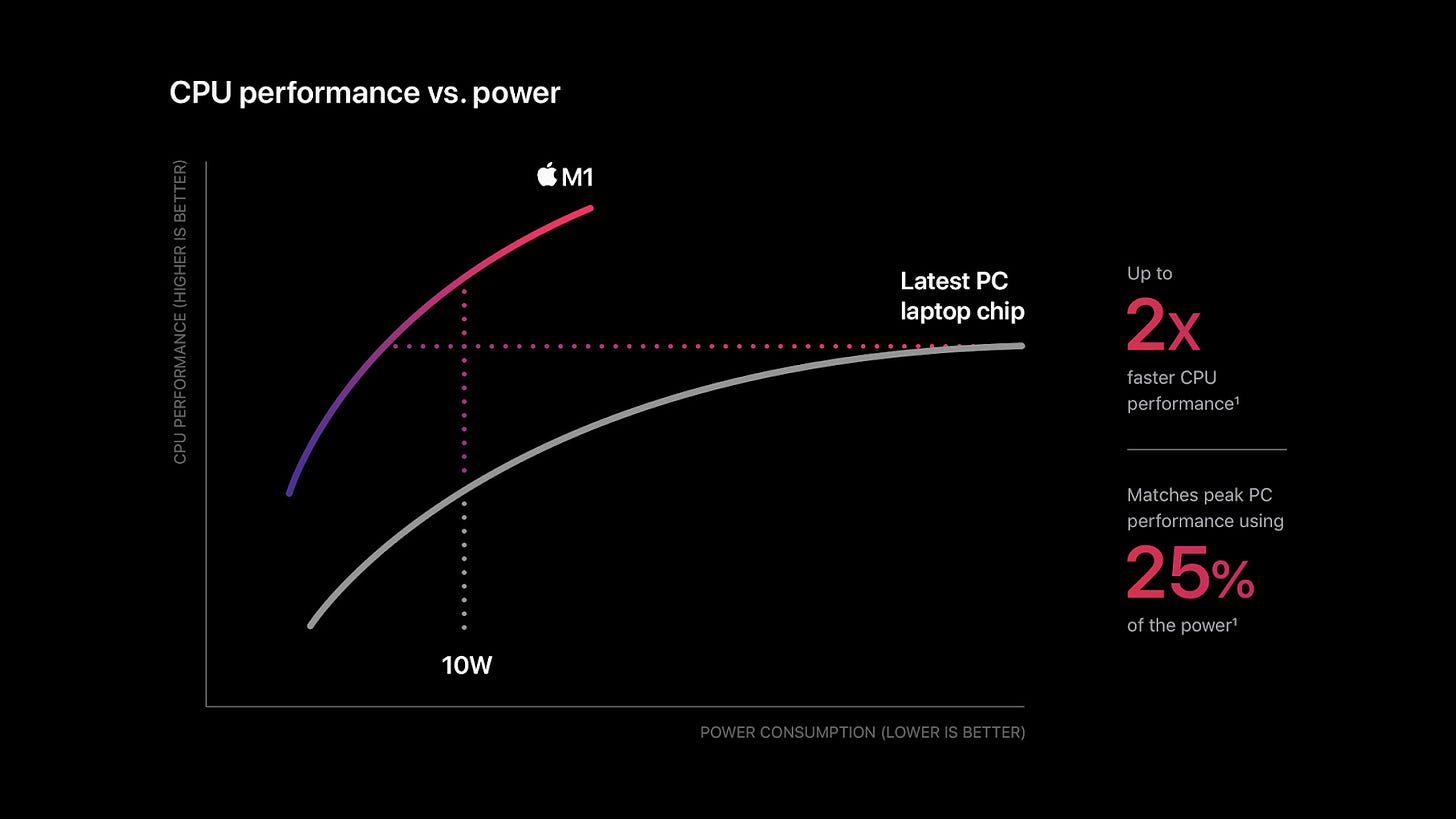Colin here. Car culture, power, and performance are inexorably linked to American culture. There is the heritage of American-made muscle cars like the Charger and Corvette. The idea of a “muscle car” and its throaty growl when pushing down on the accelerator also had a tremendous impact on carmakers around the world. According to HiConsumption:
The term “muscle car” was first coined by automotive journalist, Brock Yates in 1964 when attempting to describe the character of that year’s Pontiac GTO for Car and Driver Magazine. Despite this, the 1949 Oldsmobile Rocket 88 is still widely considered to be the first-ever American muscle car, as well as the first domino to fall in what became an automotive cultural phenomenon. Not only did domestic sales explode, but the rise of the muscle car also saw foreign markets take an increased interest in US-made vehicles and resulted in many of the leading European manufacturers calling upon their designers to pen muscle cars of their own — such as the De Tomaso Mangusta and Aston Martin V8 Vantage.
In the minds of performance car buyers, the sound was just as important as the handling. The drama of the acceleration on a straightaway and the posturing when a driver is stopped at a stoplight to rev the engine. It’s a thing. The folks at Goodwood even have a page that lists the best-sounding V8 engines of all time.
Why is this interesting?
So as the world increasingly careens into electric vehicles, we will be forever leaving this visceral, aggressive sonic world behind? Turns out there is a cottage industry trying to solve this problem because of the distinct, old-school marketing appeal of the engine growl. (It’s also worth noting that electric vehicles didn’t start the trend of playing with engine sounds. Gas cars including Ford F-150s and Mustangs have been pumping engine sounds into their interiors for some time.)
Indeed, automakers ranging from Audi to Ford to Jaguar are seeking to personify the soul of their brands with a sound that represents the future. There are two distinct camps: those that want to replicate the past sounds of powerful, roaring engines, and those that want to reinvent them completely. It is an interesting strategic question for the automakers: is a synthetic growl somehow empty and less-than-appealing? What are the alternatives?
BMW’s take is interesting and bucks the nostalgic trend of other brands. According to Time:
At low speeds, the i4 sounds like an electrified orchestra warming up for a performance. But as it accelerates, the tone becomes deeper and lower. Then comes a high-pitched skittering effect, as if some kind of reality-bending reaction were taking place under the hood. “We conceived a sound to celebrate the car, intended as a highly complex performative art installation,” says BMW sound designer Renzo Vitale. Vitale, who worked alongside famed film-score composer Hans Zimmer on the i4, says it was his counterintuitive idea to make the noise deepen as the car gains speed. “It was a metaphoric way to say, ‘We are looking at the past,'” he says.
Will synthetic car sounds be interpreted as a bit of an uncanny valley? Is BMW’s concept too high-concept and counterintuitive? Time (and consumer spending), will tell. (CJN)
Chart of the Day:
I am fascinated by Apple’s new M1 chip. The company has somehow managed to nail the holy grail of innovation: create a cheaper and better product. It’s so good, so inexpensive (relative to other chips of its quality), and so efficient that they’re now sticking the same chip in everything. Last week they announced M1 in both desktop iMacs and iPads. It’s not clear if it’s the exact same chip inside, but presumably, it’s close enough that they aren’t drawing a distinction. As outlined in this ExtremeTech article, this is pretty unheard of in the world of computing: “If a vendor offers more than one thin-and-light laptop in the same product family, the upper-end SKU will offer a higher-end chip. Workstation and gaming boutiques that offer pre-made systems follow the same pattern. Step up the price stack, and the amount of CPU horsepower available increases.” (NRB)
Quick Links:
NYT podcast Still Processing offers a taxonomy of internet apologies. (NRB)
Love this boutique hotel concept: four tennis courts, a pool, and some rooms. h/t CM (CJN)
Everything bagel ice cream, and what it does to the mind (CJN)
Thanks for reading,
Noah (NRB) & Colin (CJN)
—
Why is this interesting? is a daily email from Noah Brier & Colin Nagy (and friends!) about interesting things. If you’ve enjoyed this edition, please consider forwarding it to a friend. If you’re reading it for the first time, consider subscribing (it’s free!).





The main reason I haven't moved to an electric motorcycle is that they are too quiet. Noise (in moderation) is a safety feature with motorcycles, particularly in California where lane splitting is practiced.